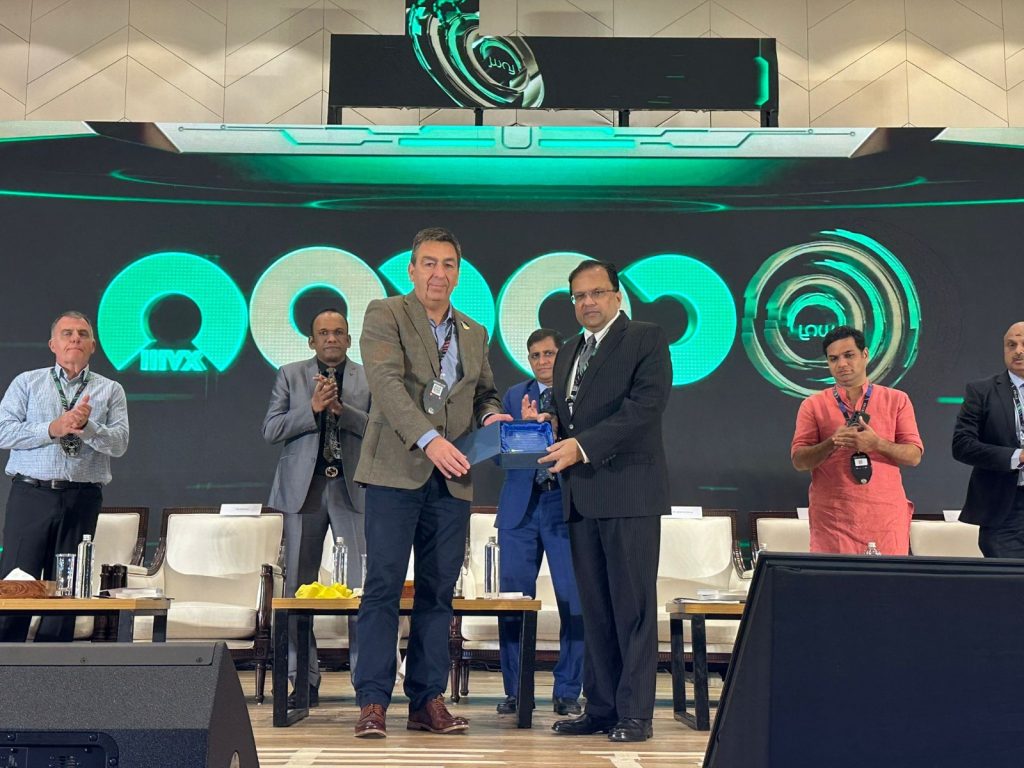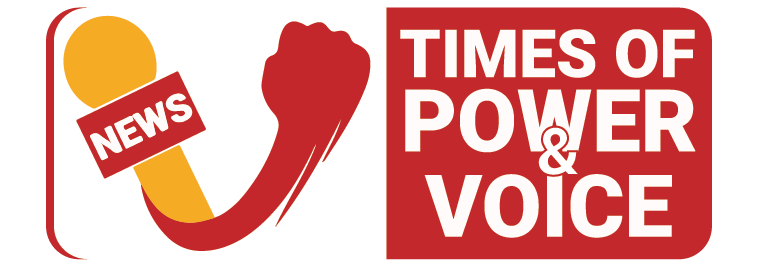New research reveals sexual exploitation risks to millions of children across India and South Asia
Pune: New research being unveiled at an Indian cybersecurity conference this week has revealed a “human tragedy of sexual exploitation and abuse”, with millions of children at risk.

The Childlight Global Child Safety Institute said that data, while limited, indicates that around one in eight children in South Asia report rape or sexual assault before the age of 18.
The figures are based on representative survey data in India, Nepal and Sri Lanka, with about 12% of children reporting having been raped or sexually assaulted before the age of 18 (14.5% of girls and 11.5% of boys). That would equate to about 54 million children in those three countries alone.
It also provides fresh insights into the scale of child sexual exploitation and abuse (CSEA) that occurs online, facilitated by technology. This includes “deep fake” material generated by artificial intelligence that places real children’s faces onto sexual images.
Childlight’s Into the Light study is being presented this week in Kerala, India at c0c0n, Asia’s largest cyber security conference, where Childlight is also working with police across India to use technology to identify abusers and safeguard children. It is also being presented at a trust and safety summit in Delhi.
Within South Asia, India, Bangladesh and Pakistan have the highest volume of child sexual abuse material (CSAM) reported to global monitors, and together they account for nearly all reports in the region.
In 2024 the National Center for Missing and Exploited Children, which tracks CSAM globally, was alerted to 2,252,986 cases of material reported or hosted in India, and to 1,112,861 cases in Bangladesh and 1,036,608 cases in Pakistan.
However, when population size into account, India has the lowest CSAM availability rate in the region – at 15.5 reports per 10,000 people.
The Maldives has the highest CSAM availability rate of any country within South Asia, with 94 reports per 10,000 population in 2024, followed by Bangladesh with 64.1 reports per 10,000 population. Pakistan has the third highest rate in South Asia (41.3), followed by Bhutan (41), Afghanistan (28.9), Sri Lanka (27.8) and Nepal (19.4).
Childlight, hosted by the University of Edinburgh, Scotland and the University of New South Wales, Australia, based its report on more than 90 representative population-based surveys, as well as crime statistics and data from internet watchdogs and helplines.
Childlight CEO Paul Stanfield said: “Abuse is closer than people think. Globally we are seeing a human tragedy of millions of young lives devastated from physical and online sexual abuse which are often closely related.
“This is preventable and all of us can and must help stop it. When we prevent abuse, we enable healthier lives – better mental health, better physical health, and a greater chance for children to do well in school and in their adult lives, with all the personal and societal and economic gains that brings for everyone.”
Childlight, which is co-hosting a special c0c0n track on the sexual exploitation and abuse of children, supports robust legislation, pro-active CSAM detection and rapid removal by tech companies. It also supports educational programmes to help children and those working with them to curb the problem.
As part of the Kerala event, it will work with several partners including police from 20 Indian states, to help identify children who are being sexually abused and the perpetrators. There will also be a special focus on how AI could be used to help tackle the problem.
Childlight commended India for the breadth and depth of the data it publishes on child sexual exploitation and abuse (CSEA), including police data. This enables stakeholders to monitor patterns, assess responses and identify gaps in protection systems.
Indian statistics point to an increasing trend in number of police recorded CSEA cases, rising from 54,359 cases in 2021 to 64,469 in 2022 as well as an increasing prosecution rate of over 90%. Data for Pakistan show a near doubling of CSEA cases recorded by police, up from 1,546 to 2,954.
Manoj Abraham, Director General of Kerala Police who will address the c0c0n conference, said: “We welcome the research and expertise that Childlight is bringing to this year’s conference to help shine a light on the problem of child abuse. Preventing this problem is a high priority and we look forward to working closely together to help children in India and globally.”
Saanika Kodial from Mumbai was 14 when she became a victim of digital sexual abuse on social media. Today she campaigns for Brave Movement to end childhood sexual violence.
She said: “I was an innocent victim of something I had no control over. Survivors are often made to feel embarrassed and guilty by people around them, by the perpetrators, and even by the law. They must understand that speaking up does not make them the ‘bad guy.’ There will always be people who will believe them, relate with them, and empathise with their experiences.”
Stanfield, a former director of INTERPOL, the world’s largest international police organisation, added: “While the scale of this issue is concerning, the visibility of the data offers an opportunity to focus efforts on encouraging reporting and prioritising law enforcement responses.”
In a meeting with CEO Paul Stanfield and Professor Debi Fry of Childlight in New Delhi, Shri Priyank Kanoongo, Member, National Human Rights Commission (NHRC), appreciated the initiative of fact-finding research on Child Sexual Abuse and Exploitation Material (CSEAM). He emphasised that such evidence-based efforts are vital for safeguarding children and for shaping effective policies to ensure their protection and well-being.
Notes to editors
About Childlight Global Child Safety Institute:
Childlight is a global child safety data institute hosted by the University of Edinburgh and the University of New South Wales and established by the Human Dignity Foundation. Its purpose is to safeguard children worldwide from sexual exploitation and abuse, and it envisions these crimes being recognised and treated as a preventable public health issue.
Leveraging it’s Into the Light report and other data driven research, Childlight works to mobilise coordinated, evidence based action that helps authorities around the world turn data into interventions. Drawing on academic research and decades of senior law enforcement experience, its mission is to improve the quality and integrity of global CSEA data and become the leading independent authority on the prevalence and nature of child sexual exploitation and abuse. For more information see childlight.org
Childlight’s annual Into the Light Index on Global Child Sexual Exploitation and Abuse calculates country level CSAM availability rates across Western Europe and South Asia, based on data from INHOPE and the National Center for Missing and Exploited Children, which track the problem. This rate considers how much abuse material is being hosted within a country (based on the location of the server making the CSAM available globally) and how many reports of material have been logged, per head of population.
“South Asia” region includes Afghanistan, Bangladesh, Bhutan, India, Sri Lanka, Maldives, Nepal and Pakistan

